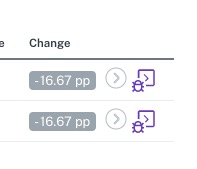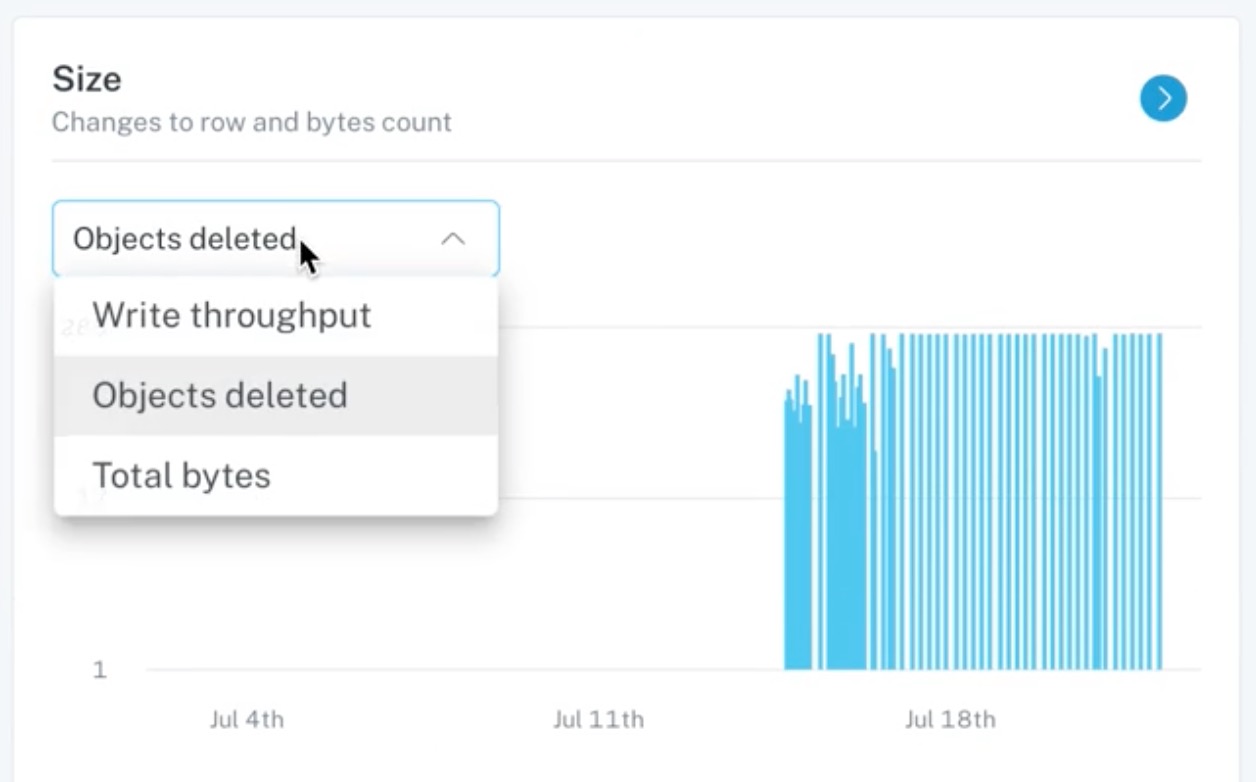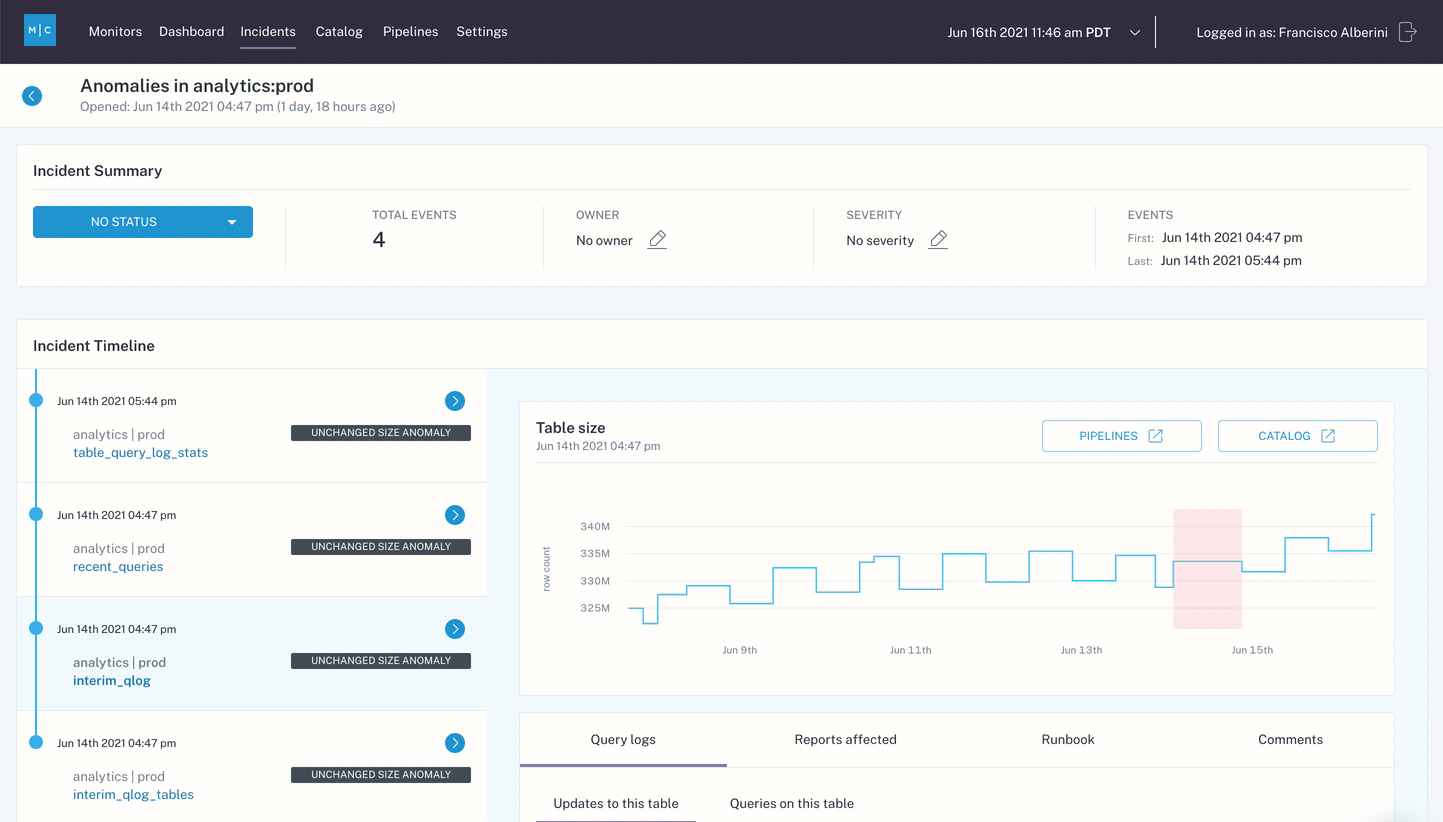
Another exciting week of product feature improvements and new releases!
What's new
- Dataset and table filters apply to SQL Rule Notifications: With this change customers no longer need to select individual SQL Rules and SLIs to filter which incident notifications they receive and instead can now use dataset/table/tag filters to automatically filter for incident notifications
- Download pipeline graph as CSV or PNG: Easily download a CSV export of the pipelines lineage graph to generate your own version of the lineage graph or download a PNG to easily share pipeline graphs with coworkers
Improvements and Fixes:
- Custom monitor WHERE clause support: Resolved an issue with Field Health and Dimension Tracking monitors with WHERE clauses and added WHERE clause filter to Field Health and Dimension tracking catalog view
- Sample query performance improvement: Improved performance of accessing sample queries and sample records for Field Health anomalies - click on the new debug icon when available
What's next
- Field level lineage: We're working on a way to expose field level lineage in the UI to help with both field-specific investigations and field deprecation
- Workspaces: To help larger teams manage complex datasets, we're building a workspaces model which will allow users to create database and schema filtered groups that users can configure to filter the UI by team, focus area, etc.



